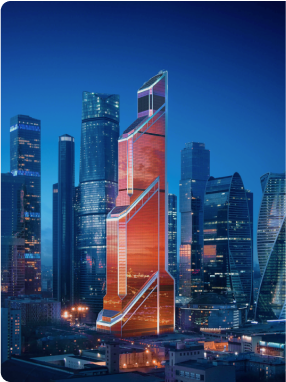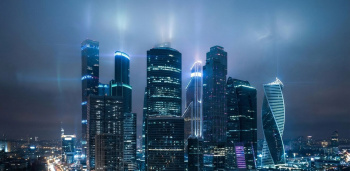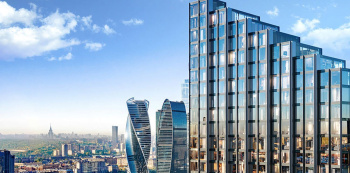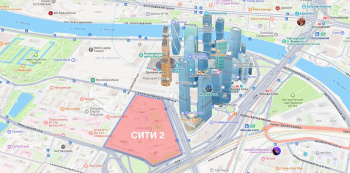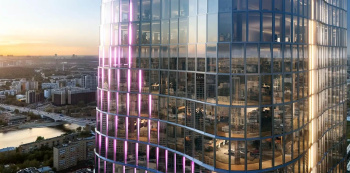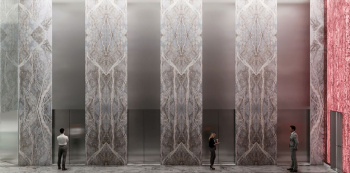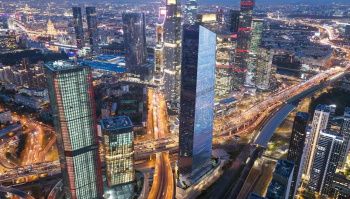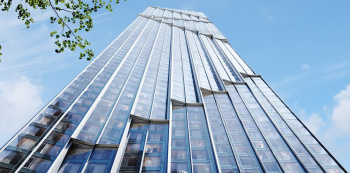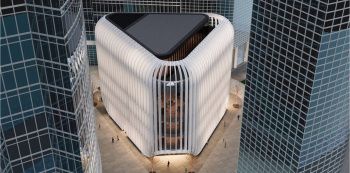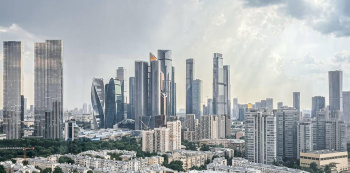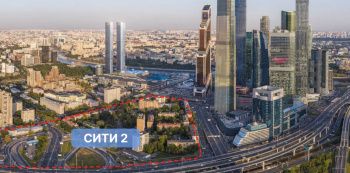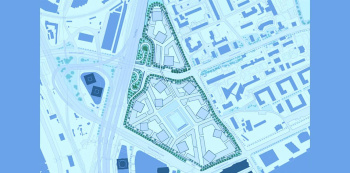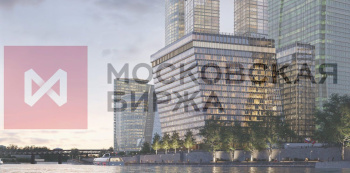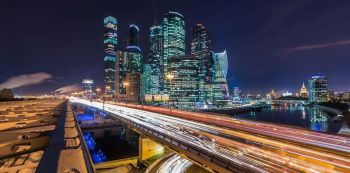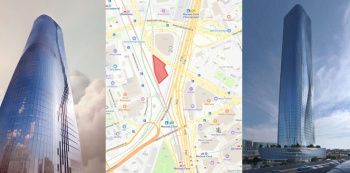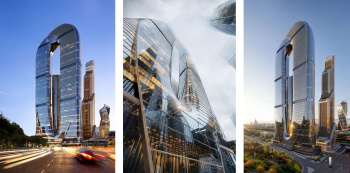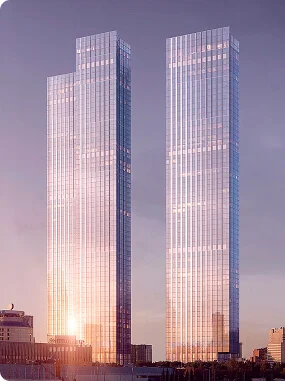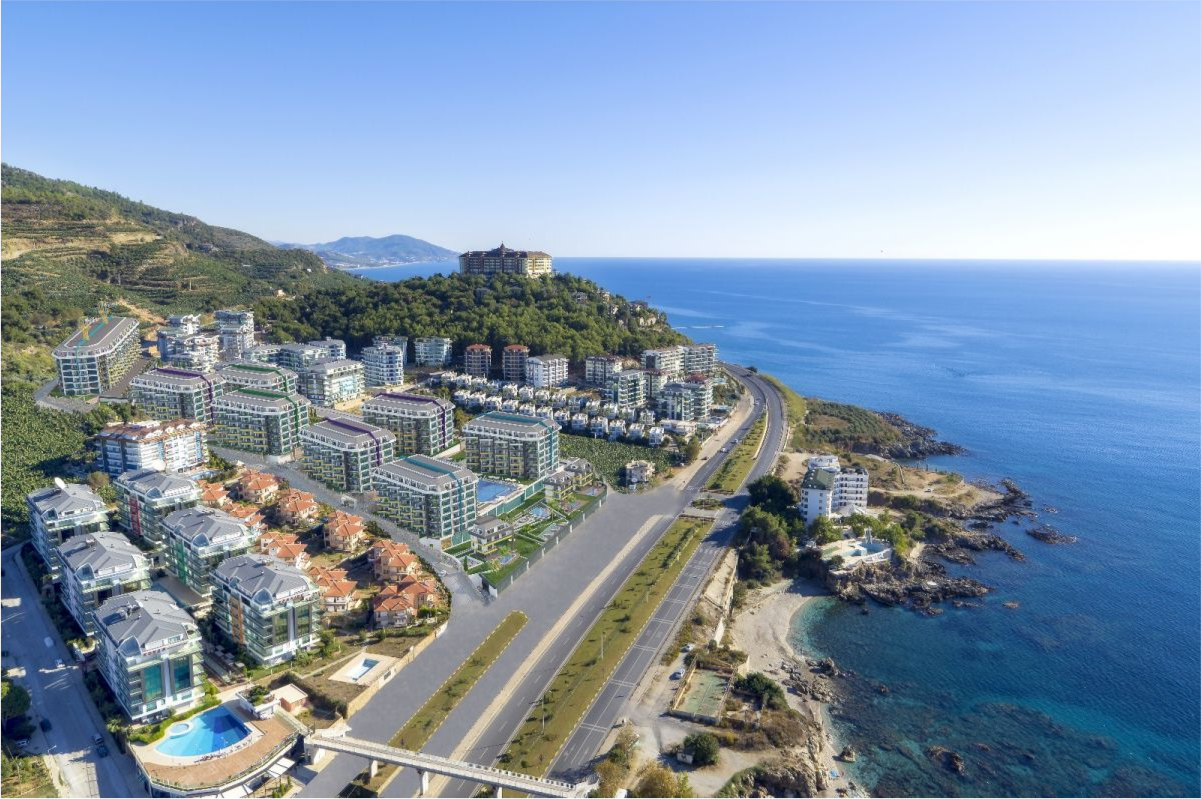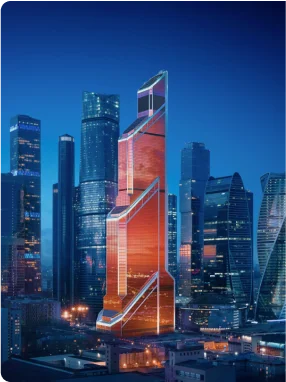
Every road has a physical form. Few have systemic significance. The new expressway project in northwest Moscow falls into the latter category. It will connect Sheremetyevo and Moscow City, but in reality, it will connect much more: logistics and economics, mobility and investment geography, routine and strategy.
This isn't a line on a map. It's a change in the city's topology.
When distance ceases to be distance
Today, traveling from the airport to the business center is a gamble with variable traffic, the mood of traffic lights, and the vagaries of old outbound highways. Tomorrow, it's a mathematical model with a predictable outcome.
The 22.5 kilometers between Leningradskoye Shosse and 3rd Magistralnaya Street are becoming not just a stretch, but an accelerator of urban dynamics. An integrated element that changes the behavior of traffic flows, and with them, the very perception of time within the metropolis.
Concession as an engineering philosophy
Formally, it's a public-private partnership. In reality, it transfers full operational responsibility to the investor while maintaining strategic control over the city.
Design. Construction. Operation. Maintenance. Parameter monitoring. Compliance with deadlines. Final transfer of the road to municipal ownership. There are no empty links in this chain—every decision is recorded in a contract, regulations, and fines.
2028 isn't just a date here. It's a point of intersection.
Spatial drawing: how a new movement vector is constructed
The highway doesn't go - it paves the way.
The route is formed as a sequence of links:
-
from Leningradskoe shosse , where the airport flow and the northern radius of the Moscow Ring Road intersect;
-
through the tense landscape of the North-West Administrative Okrug with the formation of nodes in the areas of Pokrovskoe-Streshnevo, Sokol, Khoroshevo-Mnevniki ;
-
to 3rd Magistralnaya Street – the entrance zone to the complex organism of Moscow-City .
Visually, it's a road. Functionally, it's the bypass intelligence of a transport system.
City behavior after launch
The changes aren't loud. They're noticeable in the sensations.
The route that yesterday raised doubts becomes familiar. Travel time shortens not only in minutes, but also in the psychological perception. Space ceases to be oppressive.
Expected changes:
-
reduction of travel time by 30–40% ;
-
local areas with acceleration up to 50% ;
-
redistribution of transit traffic;
-
unloading old highways;
-
increasing the stability of traffic schedules.
The city enters a controlled speed mode.
Districts that are changing their role
Some territories become closer even if they physically remain in place.
Direct effect:
-
Khoroshevo-Mnevniki
-
Pokrovskoe-Streshnevo
-
Shchukino
-
Falcon
-
Khovrino
-
Running
Secondary, but noticeable:
-
Presnensky
-
Timiryazevsky
-
Voykovsky
-
Molzhaninovsky
In economic terms, this translates to an increase in accessibility from 20 to 45% . In urban terms, it translates to a change in location status.
Traffic: From Chaos to Configuration
To the highway:
-
70–110 minutes
-
density, instability, delays
-
average speed 12–18 km/h
After:
-
35–55 minutes
-
predictability
-
28–36 km/h at peak speed
Leningradskoe Highway is losing up to a quarter of its traffic. Volokolamskoe Highway, up to a fifth. But the important thing isn't the numbers. What matters is the disappearance of uncertainty.
Investment gravity along the route
The corridor within a radius of 800–1200 meters begins to function as an attraction zone.
The parameters are changing:
-
interest of developers;
-
building density;
-
cost of ownership;
-
attractiveness of rent;
-
distribution of commercial formats.
Housing prices are rising by 8-15% over a 3-5-year horizon . Offices are acquiring a new level of liquidity. Local centers of attraction are emerging where none were previously envisaged.
Environmental compromises without illusions
Residents' concerns are understandable. A nearby highway is always a challenge. And this isn't about promises, but about tools:
-
noise protection structures;
-
buffer green zones;
-
insulating engineering screens;
-
surface runoff filtration systems.
The paradox is that removing transit from inner-city streets can reduce pollution where it is most noticeable today.
The highway as part of the city's new logic
This road doesn't operate independently. It's woven into a system:
-
metro,
-
MCD,
-
business routes,
-
logistics chains,
-
flows of passengers and goods.
It establishes a stable speed radius. It creates a different route distribution. It rewrites familiar traffic patterns.
Meaning that goes beyond the asphalt
A new highway isn't about cars. It's about reformatting interconnections. About rebuilding the map of neighborhood values. About transforming the city from a mode of resisting movement to one of managing it.
Moscow isn't speeding up. Moscow is becoming more precise.









 Advertising on the portal
Advertising on the portal

 473
473 